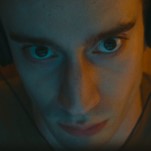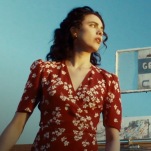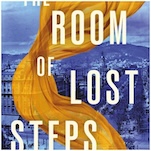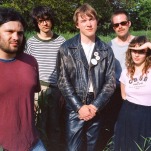Ask the Expert: What’s the Difference Between the Scotch Regions?

In our new Ask the Expert series, Paste readers chime in with some of their most pressing booze concerns, and we do our best to help you make sense of it all. Resident expert Jake Emen has spent years on the road traveling to distilleries across the country and around the world, and he’s here to help. Want your own question answered? Send a Tweet to him @ManTalkFood using #AskTheExpert.
Scotch is known for its regions, but what are they, and do they really differ at all from one another? You may have already done some difficult firsthand research on this yourself, discovering after much strenuous tasting that you prefer the smoky Scotch which hails from Islay, or the lighter and more nuanced drams you’ve tried from Speyside, for instance. Of course, let it be said that such descriptors over-simplify things a great deal. Let’s just dive in then and look at the regions.
The Scotch world is traditionally divvied up into five regions: Campbeltown, Highlands, Islay, Lowlands, and Speyside.
Campbeltown used to be a thriving hub of whisky distillation, but now there are only three active distilleries there, Springbank, Glen Scotia, and Glengyle, producers of Kilkerran. With only a handful of distilleries, it’s hard to present an archetype of Campbeltown whisky, and even within this small group, there are outliers. For instance, Springbank produces three different styles and brands of single malts, itself a rarity, with the eponymous Springbank uniquely distilled two and a half times, and its Hazelburn line triple distilled.
-

-

-

-

-

-

-

-

-

-

-

-

-

-

-

-

-

-

-

-

-

-

-

-

-

-

-

-

-

-

-

-

-

-

-

-

-

-

-

-








































